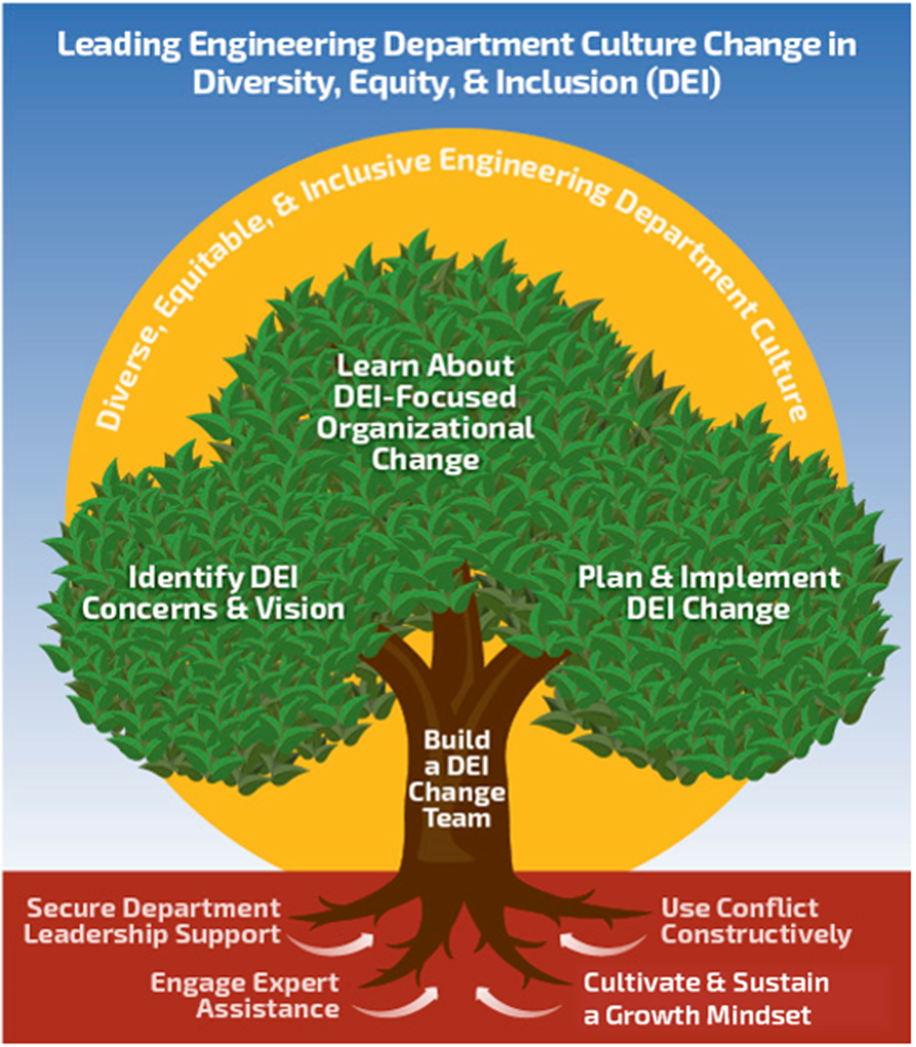 Is making change in academia challenging? If so, why?
Is making change in academia challenging? If so, why?
We are so glad you asked. To understand the challenges of making change in academia, let’s take a look at the effects of different aspects of academic culture. We’ll also look at how existing change models fit – or not.
Most change theories are developed in business settings
Academia functions differently from business in significant ways. On the whole, academia has more stakeholders, and in more complex relationships, than in typical in business.
For example, there is no clear customer in academia (students, faculty, staff, the general public, the state, industry, alumni, and others have each been realistically identified as a customer). Moreover, the concept of “customer” does not clearly represent participants in the collaborative processes of education and research.
Higher education also does not create “products” that can easily be defined or controlled. Where business-based change theories rely on leveraging these kinds of elements, they must be adjusted for academia.
Change disrupts stability
 People tend to naturally prefer stability, as we are generally creatures of habit. Even those who intentionally seek out positive change may still feel some internal resistance at the idea of disrupting their norms. Stability is equated with safety, balance, security and dependability. We are naturally drawn to that which we already know; that which, thus far, has provided us with some level of consistency.
People tend to naturally prefer stability, as we are generally creatures of habit. Even those who intentionally seek out positive change may still feel some internal resistance at the idea of disrupting their norms. Stability is equated with safety, balance, security and dependability. We are naturally drawn to that which we already know; that which, thus far, has provided us with some level of consistency.
Academic institutions are built to be very stable, and for a good reason. This strength enables individuals to reach out over the edge, into the unknown, through research and education. So, the very structure of academia resists change. Although the culture in academia is often focused on discovering things that could ultimately change the world, changing the organizational culture of an institution requires a different kind of exploration.
So how do we ensure that both the institution and the individuals are going to accept and evolve with organizational change?
Change relies on strategic awareness of key elements 
Much of the academic culture is taken for granted and/or invisible. For example, academia’s complex reporting structures create and maintain a very particular kind of culture. It is a stable foundation that allows the institution to maintain a level of order and discipline while accounting for all of the branches of discipline.
Also, academic culture includes a host of tacit assumptions and rules about who belongs and how to function in this environment. It is this complex web of assumptions and norms that drive academic culture that are the hardest to change.



